So, the 851A is strikingly well made and is loaded to bursting with features. Can it possibly sound any good considering how much of the build cost has gone into the chassis and the bells and whistles?
I was told to run the pair balanced if I wanted to hear them at their best, but I had no balanced interconnects available and there was no way that I was going to wait for a set to be sent up, so knowing the 851A had been run in for me, I hooked it up to its 851C sibling with a 0.75m set of cryogenically treated Slinkylinks silver RCA interconnects and to my Theophany M5 Series 2 speakers with a 2m set of single wired cryo treated Slinkylinks silver speaker cable. Then I sat back and pushed play.
My first reaction as Radiohead’s ‘Bullet Proof’ hit the speaker drivers was “Damn!!!” Yes, that’s with three exclamation marks, exactly as I typed it at the time. Can the 851A possibly sound any good? That’s my stupid question of the year. Simply put, it sounds fabulous.
It makes sense that there should be a huge level of synergy between these two components, because they’ve evolved side by side from the original 840. I’ve been very happy with the sound of a number of CA amplifiers running these speakers, but this was by some margin the best I’ve heard any CA components sound. If I had to summarise the character of the 851 pair with a single word, I’d choose “clean”.
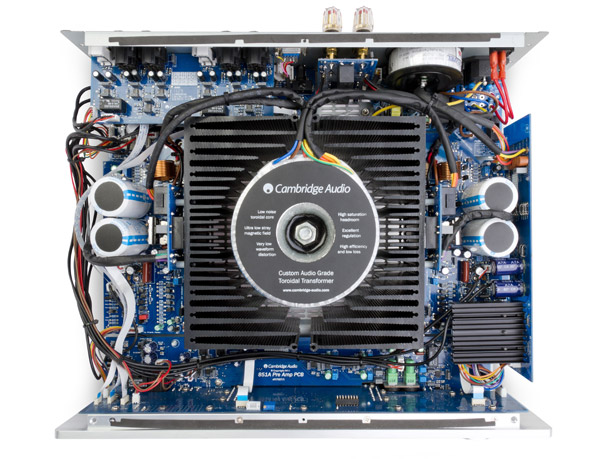
Through the M5’s, they’re very refined and come across as having an accurate tonal balance that leans marginally towards coolness but they’re not clinical, lean or uninvolving; quite the opposite. This is a thoroughly enjoyable sound, thanks in part to the powerful and well-controlled bottom end that provides a driving sense of rhythm and pace. The amp’s midrange and treble character is open and insightful, much like I was hearing from the 851C before the 851A was installed.
The 851A has a muscular and powerful sound, which translates into a big sense of scale and plenty of dynamic range but for all that grunt, it’s a precision instrument, capable of great speed and high detail levels. A great example of this was ‘Hot Sun’ from Eddie Vedder’s soundtrack from Into The Wild. The acoustic guitars came in distinct and clear on the left and right, followed immediately by the big drum track and the vocals. The 851 pairing keeps everything in balance and does justice to all the elements of the song – the guitars were as subtly nuanced as if they were the only instruments on the recording, yet the drums were both huge and fast, sustaining the power of the music. The levels of detail were good right from the bottom in the way the drums were outlined, to the way it was so easy to hear right into the lead and backing vocals, to the very top of the guitar notes. So this pair offers a sense of instrumental separation, and of a cohesive whole backed by a propulsive underlying rhythm. This type of sound is dramatic, exciting and addictive. I played this song (and the whole CD for that matter) over and over while I had the 851 kit, and it never got old.
A much subtler recording went on next – Neil Young’s Live At Massey Hall 1971. This is acoustic solo Young at his vintage best and the 851 components did a superb job in rendering the acoustic space, placing Young well behind the plane of the speakers. Listening to ‘A Man Needs a Maid/Heart of Gold Suite’, I was gobsmacked at the resolution and dynamic range I was hearing; it was a faultless performance from the way Young was phrasing the vocal to the strike and decay of the piano and the tonal variations of each individual note. I had to remind myself that this was an amp priced at less than $3000, something I had to do numerous times during the review period.
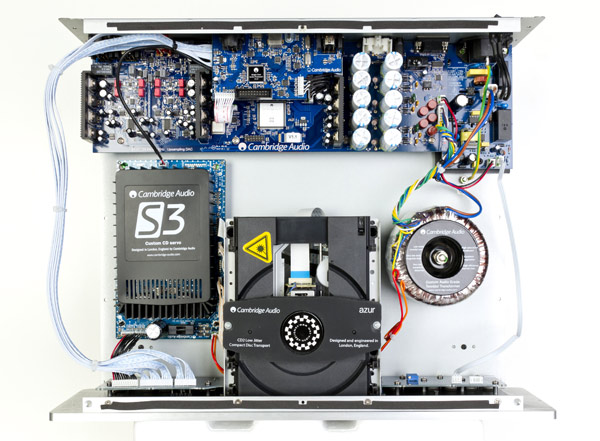
Turning to some rock, I went for Nirvana’s Unplugged In New York – listening specifically to ‘Where Did You Sleep Last Night’, the guitar had a steely edge that was almost vicious at high volume levels – exactly the way the track should sound. As the song progresses, Kurt Cobain’s vocals rise from an unhappy growl to something very close to a furious scream. When a system gets it right, the power and emotion should make the hairs on the back of your neck stand up – if they don’t, there’s something missing (or you’re just really not into Nirvana, which I suppose might theoretically be possible). With the CA pair, there’s nothing missing at all.
Warren Zevon’s Stand In The Fire CD is a raucous live album and it definitely shouldn’t sound at all civilised or polite. The CA pairing gave it the edge it needed, and plenty of grip to keep the bass tight and pumping. The way the guitars came ripping in on the amazing version of ‘Lawyers, Guns and Money’ was enough to make me fear for my safety given the poor construction quality of my current rental house, not to mention the potential wrath of the neighbours. With heaps of power available, the amp never even came close to running out of puff. Actually, I never really put it under any strain at all – it would take a huge room and some hard to drive speakers (or a hearing problem) to actually use all that grunt.
Soundstaging was another strength of the 851 pair, with a wide and reasonably deep sound field and accurate imaging, especially with Monitor Audio’s tiny Gold GX50 mini-monitors in the system.
Again, in outright terms, the character of the two together and even the amp by itself is neutral but somewhat dry and cool, but let me reiterate that they’re not cold and unappealing to listen to – they just don’t get all warm and wooly on you. If you like deeply-revealing audio gear, you’ll like this sound. I initially thought that they wouldn’t quite match the illuminating ribbon tweeter on the Monitor Audio Gold GX50 speakers but they did without getting peaky or grainy at the top, so the 851A is likely to match up with a lot of speakers, although I’d be tentative with anything that had a really bright and forward demeanor but that’s just common sense. Whatever you do, don’t be shy because this gear will easily support quite expensive speakers.
High-Resolution Playback
The 851C is an excellent CD player but as it turns out, it’s also a very capable DAC. Running a selection of tracks ranging from 24/44 to 24/192 via my MacBook Pro showed that high-res playback was a step above CD in virtually every case. As long as the recordings were good enough, the 851C could do justice to the enhanced resolution, with more air around the entire performance and a distinct ability to further separate instruments and reveal more information all through the frequency range. The music sounded cleaner, more natural and definitely more focused. This was enough to get me started on a frenzied downloading session, burning through my bandwidth trying to find more high-res tracks. It’s long past time that I got my high-res situation sorted out and the 851C served as the inspiration for me to start getting serious about computer audio.
Other Notes
Despite the theory that two CA components would sound much better with a balanced interconnect between them, I found the differences to be subtle, with only marginally more detail, especially towards the top. This may well be down to simple differences in the cables though – as always, your mileage may vary. A good hi-fi shop will be happy to lend you a sample cable or two to try, so check it out for yourself.
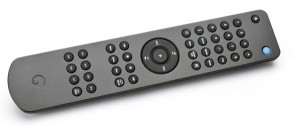
The amp’s defeatable tone controls exert only a subtle influence on the sound, which is as it should be. Audiophiles may frown on any sort of tone control (while they fiddle about with cables to fine-tune the sound) but it’s good to know that the controls are there for non-fundamentalist types.
The 851A’s headphone stage does a good job on midrange ‘phones but it wasn’t totally happy with my Sennheiser HD650’s, sounding clear enough, albeit with subdued dynamics. This is the only weak spot on the amp and it’s only relevant with harder to drive ‘phones – Sony’s MDR-1R’s were easily driven by the 851A.
There are only very minor audible differences between the three filter settings on the CD player, and you need to be listening very closely indeed to hear them. When I did pay ultra-close attention, I preferred the Minimum Phase Filter but I couldn’t even begin to explain why. Just listen to the music instead.
I did try the 851C’s digital preamp mode, running it directly into my Sachem power amps, but they didn’t like it much. There was a noticeable hum and the dynamics were squashed. As always, give it a shot, your power amp may well be amenable to the 851C’s efforts, but it’s not really an option if you want to use an analogue source. Also be sure not to get the settings wrong – turn on the Digital Volume Control in the menu and double check that it is in fact on before you fire up the power amp.
Conclusion
There was a memorable point on a Saturday evening, where I was listening to ‘Shoot The Lights Out’ from The Watson Twins’ Southern Manners CD. I had a Nordost Blue Heaven cable loom in place and the Cambridge Audio player and amplifier were on song in a way that absolutely made a mockery of their price tags. The only way I can describe the music is “beautiful”. The system was doing everything right and I was immersed in the transparency, clarity and smoothness. I shook my head and had a bit of a chuckle at the irony of it all.
Irony? Yep – with a different logo on the front, these units could easily command higher price tags. Look at it this way, many audiophiles might spurn the CA brand as being too low-brow for them and they’ll spend more money on kit that’s less well built, has fewer features and has similar sound quality (or even gear that doesn’t sound as good).
There’s a market just waiting to be tapped by an unscrupulous type with a good lawyer. Buy a bunch of these components, whip off the lids and conceal any revealing logos under a layer of “audiophile grade shielding” bonded on with some very strong glue (be sure to obscure the logos on the back of the cases as well). Then replace the faceplates with something really flashy, perhaps a 10mm thick sheet of highly polished Panzerholz plywood or a half-inch of armour plate from the wreck of the Graf Spee. Pop a fancy embossed logo of your own on the front, cover up the CA circle on top, and make up some new boxes. Register your company in a dodgy third world country and launch your spanking new hi-fi brand online with price tags of at least double the current asking rates, maybe more. There’s not even a shadow of a doubt in my mind that these illicitly built components would find plenty of buyers based on the sound alone.
That’s my long-winded way of saying that the 851 series components from Cambridge Audio more than met my expectations. At the start of this review, I said: “To maintain my perception of high-value, these components are going to have to perform like champions.” They did that, and more.
To be able to offer this level of performance for $2499 and $2799 is quite a feat – they’re both built incredibly well, they’re loaded with features, are customisable, versatile, easy to use and sound fabulous. The CD player is a knockout, with the only issue being that some people won’t want to spin silver discs at all, in which case a DAC might well be a better option, but for those who want the best of both worlds, it’s a great buy.
The amp in particular is the best sounding unit of its type I’ve ever heard in this price range – it’s pretty much a complete package. Frankly, I’d hate to be selling products that compete against either of these units. With only a couple of months left to the end of the year, it would take a major upset for the 851A and 851C not to end up being my products of the year. ASHLEY KRAMER

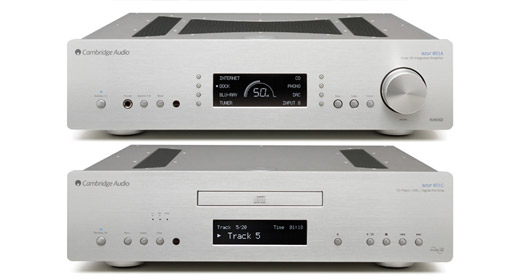


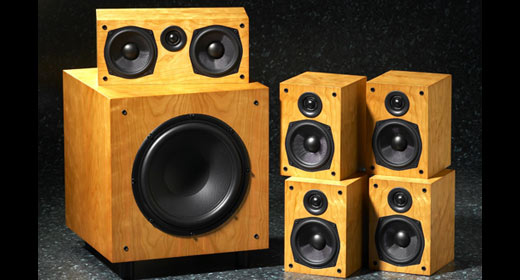
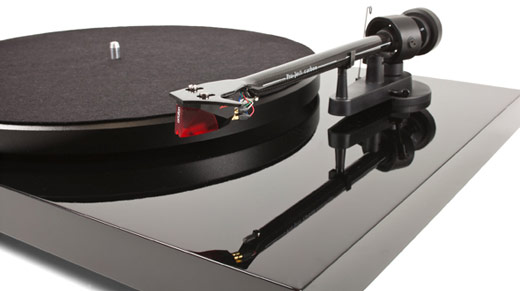
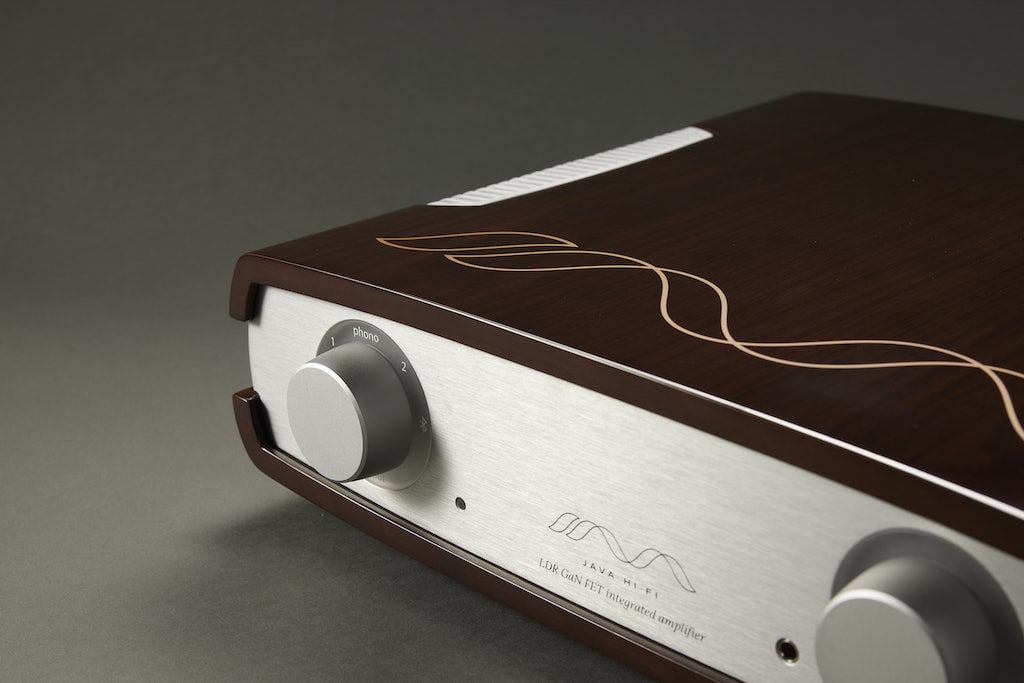
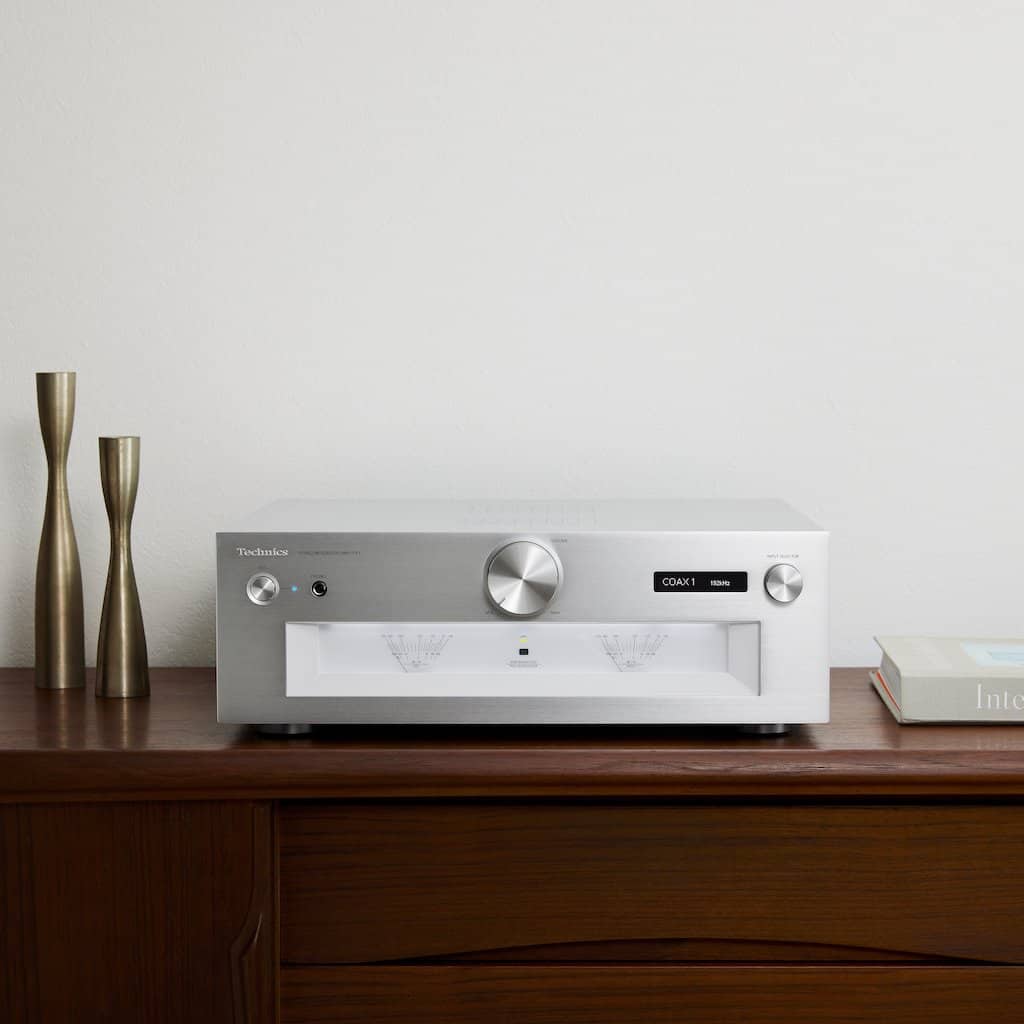
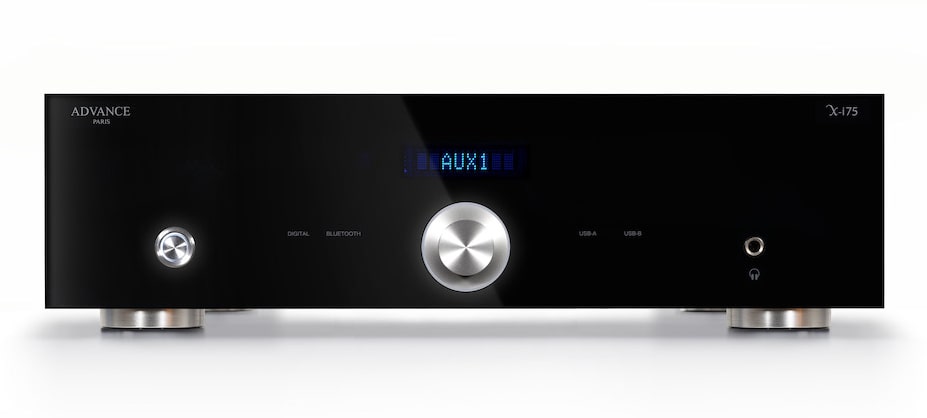

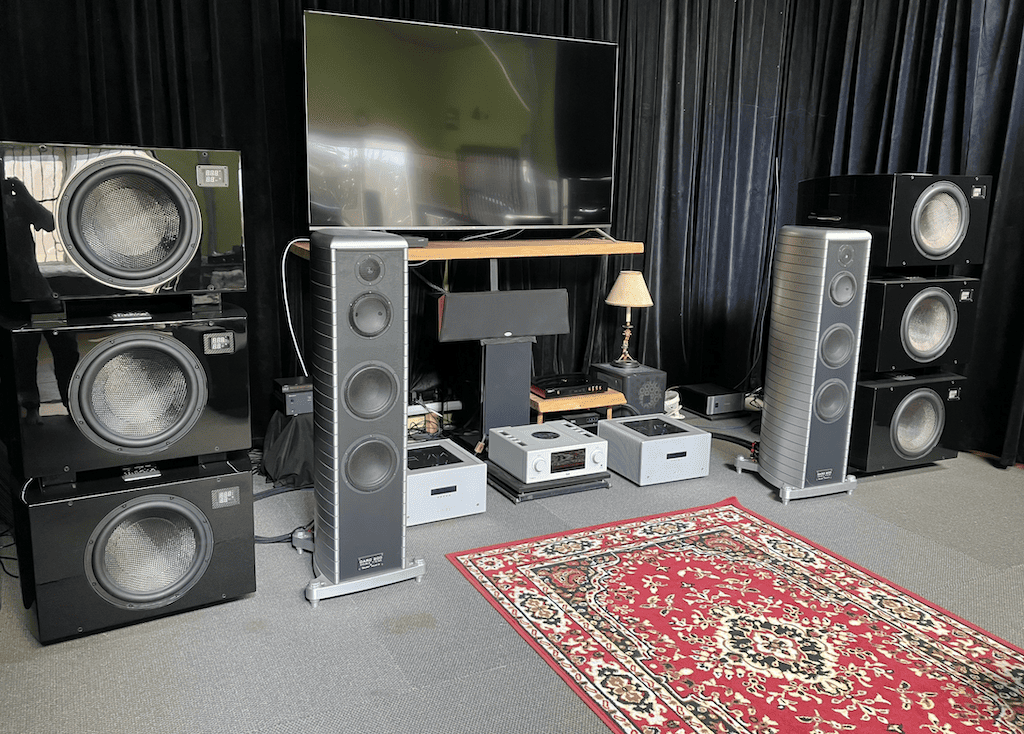

Hi, great review and having just bought the 851A i can only agree with you on the sound and quality – in fact your review convinced me. I noticed the comment on it “should run cool”; in fact it runs really quite hot, so much so that i questioned the dealer on whether this was normal. He referenced this in the manual:
IMPORTANT – The unit will become hot when in use. Do not stack
multiple units on top of each other. Do not place in an enclosed area
such as a bookcase or in a cabinet without sufficient ventilation
Just for your info.
Regards
Brett Noonan
Thanks for the feedback Brett. I never noticed any major heat coming off the 851A, even after many hours of use but I was running it into some reasonably efficient speakers without spending hours at high volume levels.
Hi Mike,I live in Brazil and have a couple of Marantz reiecvers a 2275 and a 4270. They both have run beautifully for years. But for the last week, the the 4270 has been acting strangely. It started to turn off, and then after a few minutes would turn on again. But last night it turned off and now it won’t turn on. The speaker relay switch is affixed to the inside of the back panel. I have no idea how to remove it for examinationMy situation is complicated by the fact that in this country there is no ready supply (even by mail) of parts. International mail is very expensive and unreliable.I would much appreciate any advice. Kind regards.